Tips for Handling Anxiety Issues during Disasters
Disasters can strike at any moment, leaving us feeling vulnerable and overwhelmed. Whether it’s a natural disaster like a hurricane, an earthquake, or even a man-made crisis, the emotional toll can be significant. Anxiety often manifests in these situations, causing feelings of fear, uncertainty, and helplessness. But here's the good news: there are practical strategies you can employ to manage anxiety effectively during these challenging times. This article aims to equip you with the tools you need to cope better, maintain your mental well-being, and navigate through the storm—both literally and figuratively.
When a disaster occurs, it’s common for anxiety to rear its head. You might find yourself feeling restless, experiencing a racing heart, or even having trouble sleeping. These symptoms are your body’s natural response to stress, preparing you to react to potential threats. However, understanding how anxiety manifests can help you recognize it and take steps to manage it. Triggers can vary widely; they might include the sound of sirens, news reports, or even the sight of emergency responders. Acknowledging these triggers can be the first step in regaining control over your emotions.
Preparation is key when it comes to mitigating anxiety during disasters. By having a plan in place, you can significantly reduce feelings of helplessness. Start by creating an emergency plan that outlines what to do in various scenarios. This plan should include essential information such as:
- Communication strategies with family and friends
- Safe locations to meet
- Emergency contact numbers
By taking the time to prepare, you’ll foster a sense of control that can help alleviate anxiety when disaster strikes.
Your personal emergency plan should be tailored to your specific needs and circumstances. Here are some steps to help you develop one:
- Assess Your Risks: Understand what types of disasters are most likely to occur in your area.
- Gather Supplies: Compile a list of essential supplies, such as food, water, first aid kits, and medications.
- Establish Communication: Decide how you will communicate with loved ones during a crisis, whether through text, social media, or phone calls.
- Practice Your Plan: Regularly review and practice your emergency plan with your family to ensure everyone knows what to do.
Having a well-thought-out plan can provide peace of mind, allowing you to focus on what truly matters during a crisis.
Another crucial aspect of managing anxiety is having a reliable support system. Surround yourself with family and friends who you can turn to during difficult times. This network can serve as a source of comfort and reassurance, reminding you that you’re not alone in facing your fears. Additionally, consider reaching out to community resources such as local shelters or mental health organizations. These connections can provide valuable assistance and information when you need it most.
Mindfulness is a powerful tool for grounding yourself in the present moment. When anxiety begins to creep in, practicing mindfulness techniques can help you regain focus and calm. Techniques such as deep breathing, meditation, or even yoga can be incredibly beneficial. Take a few minutes each day to engage in these practices, allowing yourself to disconnect from the chaos around you. By centering your thoughts and emotions, you can build emotional resilience, making it easier to cope with anxiety when disasters occur.
In addition to preparation and mindfulness, having coping mechanisms in place can further alleviate anxiety symptoms. Here are a few strategies to consider:
- Deep Breathing: Inhale deeply through your nose, hold for a moment, and exhale slowly through your mouth.
- Journaling: Write down your thoughts and feelings to help process your emotions.
- Physical Activity: Engage in exercise, whether it’s a brisk walk or a workout, to release pent-up energy and stress.
These coping strategies can be incredibly effective in managing anxiety, allowing you to face challenges with a clearer mind.
If you find that your anxiety becomes overwhelming, it’s essential to seek professional support. Mental health professionals are trained to help individuals navigate their feelings during crises. Therapy options, such as cognitive-behavioral therapy (CBT), can provide valuable tools for managing anxiety. Additionally, medication management may be necessary for some individuals to help stabilize their emotions during turbulent times.
Choosing a mental health professional who specializes in anxiety can make a significant difference in your recovery journey. Look for therapists who have experience dealing with disaster-related stress and can provide personalized support. Don’t hesitate to ask questions during your initial consultation to ensure they align with your needs and preferences.
In today’s digital age, numerous online platforms and hotlines offer immediate support for those experiencing anxiety during disasters. Websites like National Suicide Prevention Lifeline or NAMI provide resources and connections to trained professionals who can help. Don’t hesitate to reach out; you’re not alone in this journey.
Q: What are the signs of anxiety during a disaster?
A: Common signs include restlessness, increased heart rate, trouble sleeping, and excessive worrying.
Q: How can I prepare for a disaster to reduce anxiety?
A: Create a personal emergency plan, gather essential supplies, and establish a support network.
Q: When should I seek professional help for anxiety?
A: If your anxiety becomes overwhelming or interferes with daily life, consider reaching out to a mental health professional.
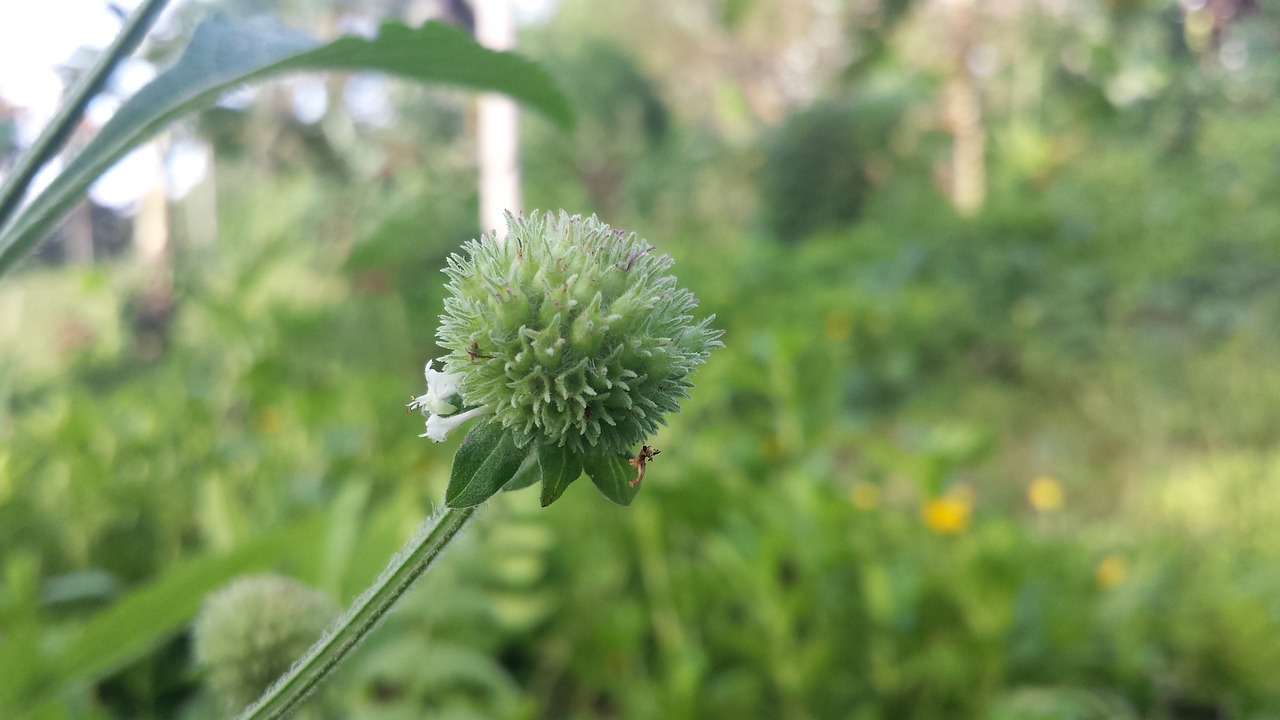
Understanding Anxiety in Crisis Situations
When disaster strikes, whether it's a natural calamity like a hurricane, an earthquake, or a man-made crisis, it's completely normal for anxiety to rear its head. But what exactly is happening in our minds and bodies during these tumultuous times? Anxiety can manifest in various ways, and understanding these manifestations is the first step toward managing them effectively. It often feels like a storm brewing inside us, filled with uncertainty and fear, making it hard to think clearly or act decisively.
Common symptoms of anxiety during crises can include physical reactions such as increased heart rate, sweating, and trembling, as well as emotional responses like panic, dread, and overwhelming worry. These feelings can be triggered by numerous factors, including the unpredictability of the situation, loss of control, and the fear of the unknown. Imagine standing in front of a tidal wave; the sheer size and force can evoke a primal fear that can paralyze even the strongest among us.
During a disaster, our brains are wired to react quickly, often leading to a fight-or-flight response. This instinctual reaction can heighten anxiety levels, making it challenging to process information or make rational decisions. It's crucial to recognize that this heightened state of alertness is a natural response to perceived danger. However, the prolonged exposure to stressors can lead to chronic anxiety, which can be debilitating.
To better understand how anxiety operates in these crises, let’s look at some common triggers:
- Media Coverage: Constant updates can amplify feelings of fear and helplessness.
- Personal Loss: Losing loved ones or property can trigger profound grief and anxiety.
- Uncertainty: Not knowing what will happen next can create a sense of impending doom.
By identifying these triggers, individuals can take proactive steps to mitigate their anxiety. It’s essential to remember that you are not alone in feeling this way; many people experience similar reactions during crises. Acknowledging your feelings is the first step toward regaining control and finding effective coping strategies.
In summary, understanding how anxiety manifests during disasters is key to managing it. Recognizing symptoms, identifying triggers, and realizing that these reactions are normal can empower individuals to seek help and employ coping mechanisms. As we navigate through the chaos, remember that it's okay to feel anxious; what's important is how we respond to those feelings.
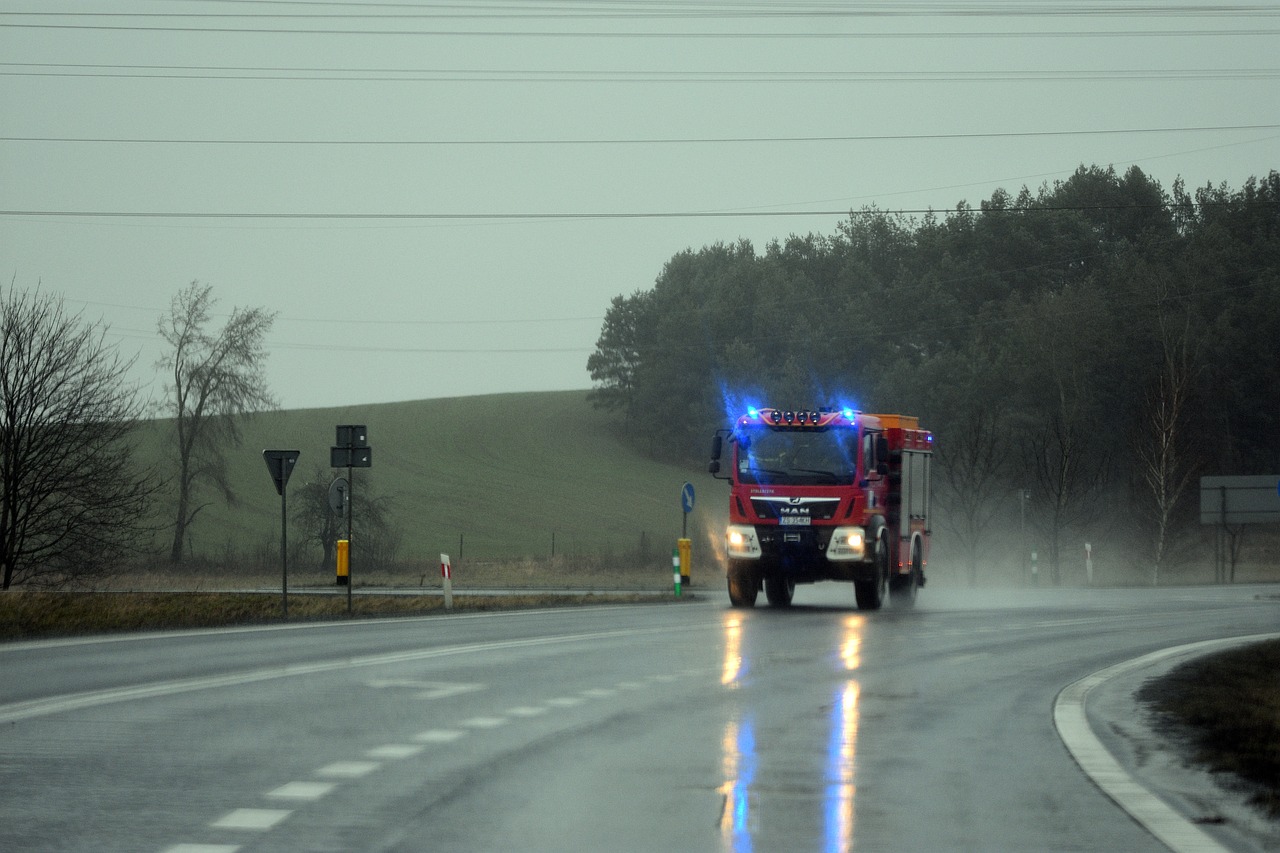
Preparation Strategies for Reducing Anxiety
When disaster strikes, it often feels like the world is spinning out of control. The uncertainty can trigger a wave of anxiety that can be overwhelming. However, one of the most effective ways to combat this anxiety is through **preparation**. By taking proactive steps, you can create a sense of security that helps to alleviate those feelings of fear and helplessness. Think of preparation as your personal shield against the chaos that can accompany a disaster. So, how can you prepare effectively? Let's dive into some practical strategies.
First and foremost, consider creating a comprehensive emergency plan. This plan should outline the steps you and your family will take in the event of a disaster. It’s like having a roadmap when you’re lost; it provides direction and clarity. Start by identifying safe locations where you can go if you need to evacuate. These could be family members' homes, community centers, or even local shelters. Make sure everyone in your household is aware of these locations and understands the plan. Communication is key, so having a designated contact person outside of your immediate area can also be beneficial. This way, if you become separated, you can still check in with loved ones.
Next, gather essential supplies that you might need during a disaster. This can include food, water, medications, and other necessities. It’s not just about having supplies; it's about knowing that you are prepared for the unexpected. Consider putting together a 72-hour emergency kit that includes items such as:
| Item | Quantity | Purpose |
|---|---|---|
| Water | 1 gallon per person per day | Hydration |
| Non-perishable food | 3-day supply | Nutrition |
| First aid kit | 1 | Medical needs |
| Flashlight | 1 | Visibility |
| Battery-powered radio | 1 | Information |
Having these supplies on hand can significantly reduce anxiety because you know you are ready for whatever comes your way. It’s like having a safety net; you may not need it, but knowing it’s there can provide peace of mind.
Another critical aspect of preparation is establishing a **support network**. During crises, having trusted individuals to turn to can make all the difference. This network can include family, friends, neighbors, or community organizations. Make sure to communicate your plans with them so they know how to support you. It’s a bit like building a fortress; the more walls you have, the safer you feel. You might even consider organizing regular meetings or check-ins with your support network to discuss your plans and share concerns.
Lastly, practicing mindfulness techniques can be a game-changer. Mindfulness helps ground you in the present moment and can reduce anxiety significantly. Simple practices like deep breathing or meditation can help calm your mind when anxiety starts to creep in. Think of it as a mental reset button; it allows you to step back, breathe, and regain your focus. Incorporating these techniques into your daily routine can prepare you to handle the stress of a disaster more effectively.
In conclusion, preparation is not just about gathering supplies and making plans; it’s about empowering yourself to face the unknown with confidence. By taking these proactive steps, you can significantly reduce anxiety and foster a sense of control during turbulent times. Remember, while you cannot predict the future, you can certainly prepare for it, and that preparation can make all the difference in your mental well-being.
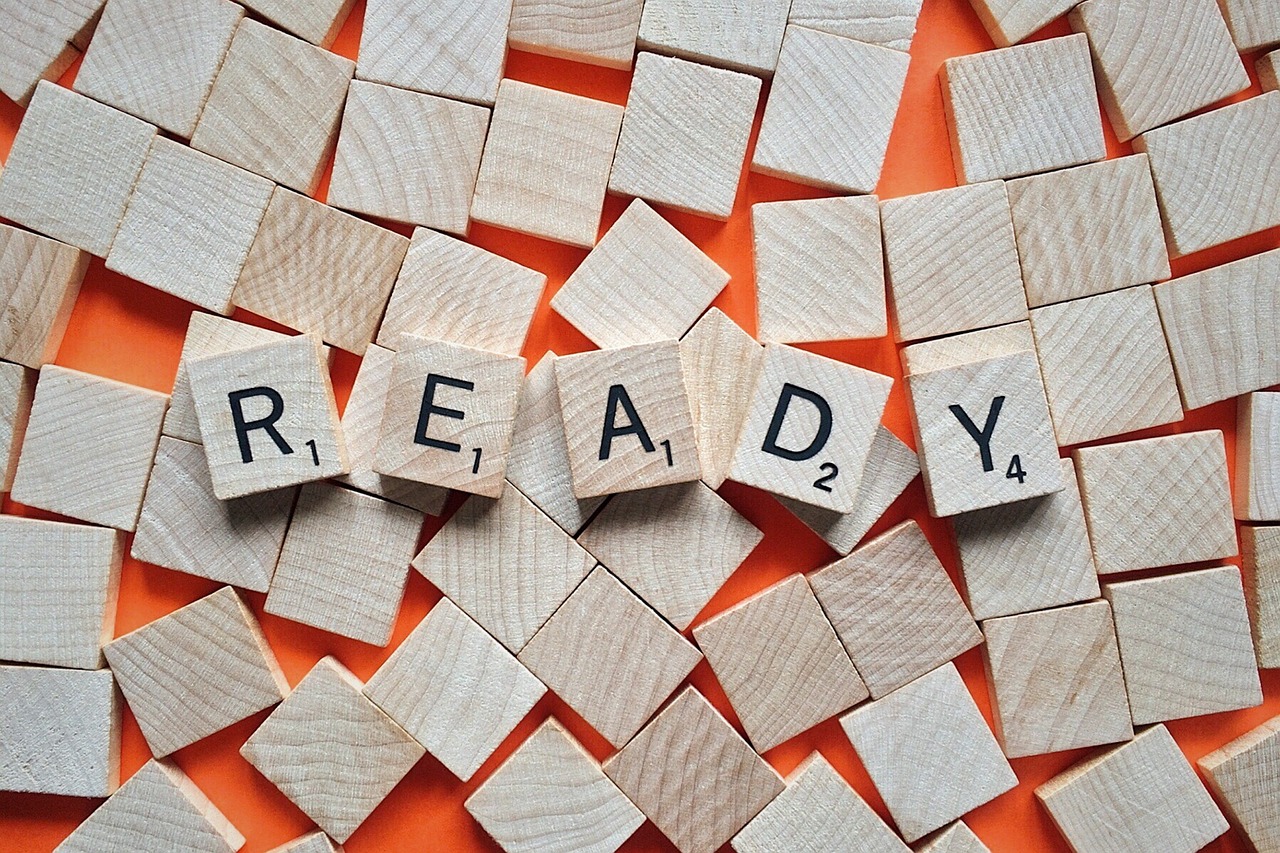
Creating a Personal Emergency Plan
When disaster strikes, having a well-thought-out personal emergency plan can be your lifeline. It’s like having a roadmap when you’re lost in the woods; it gives you direction and a sense of security. Creating this plan involves several key steps that can help you feel more in control during chaotic times. First and foremost, sit down with your family or housemates and discuss potential emergencies you might face. This could range from natural disasters like hurricanes or earthquakes to man-made crises. Understanding what you’re preparing for is crucial.
Next, it’s essential to establish clear communication strategies. In the chaos of a disaster, it’s easy to lose track of each other. Designate a specific meeting point where everyone can gather if you get separated. This could be a neighbor’s house, a local park, or any place that’s easily accessible and safe. Additionally, ensure that everyone knows how to contact each other. Consider using text messaging as a primary means of communication, as it often works when phone lines are jammed.
Gathering essential supplies is another critical component of your emergency plan. Think about what you might need in case you have to evacuate quickly. This could include:
- Non-perishable food items
- Water (at least one gallon per person per day)
- First aid kits
- Flashlights and batteries
- Important documents (like IDs and insurance papers)
Store these supplies in an easily accessible location, and make sure everyone in your household knows where to find them. It’s also wise to review and update your emergency kit regularly, especially if you have children or pets whose needs may change.
Lastly, remember that your plan should be flexible. Disasters are unpredictable, and your response may need to adapt based on the situation. Regularly review your emergency plan with your family, ensuring that everyone is familiar with their roles and responsibilities. This practice not only reinforces the plan but also helps to alleviate anxiety, as everyone knows what to expect and how to act.
In summary, creating a personal emergency plan is all about preparation and communication. By taking the time to outline the steps to take during a disaster, you empower yourself and your loved ones to face uncertainties with confidence. After all, a little planning can go a long way in ensuring your safety and peace of mind.
Q: What should I include in my emergency plan?
A: Your emergency plan should include communication strategies, meeting points, essential supplies, and the roles of each family member during a disaster.
Q: How often should I review my emergency plan?
A: It’s recommended to review your emergency plan at least once a year or whenever there are significant changes in your household, such as new family members or changes in location.
Q: What if I live alone? Do I still need an emergency plan?
A: Absolutely! Even if you live alone, having an emergency plan can help you stay organized and calm during a disaster. Consider including a list of contacts who can assist you if needed.
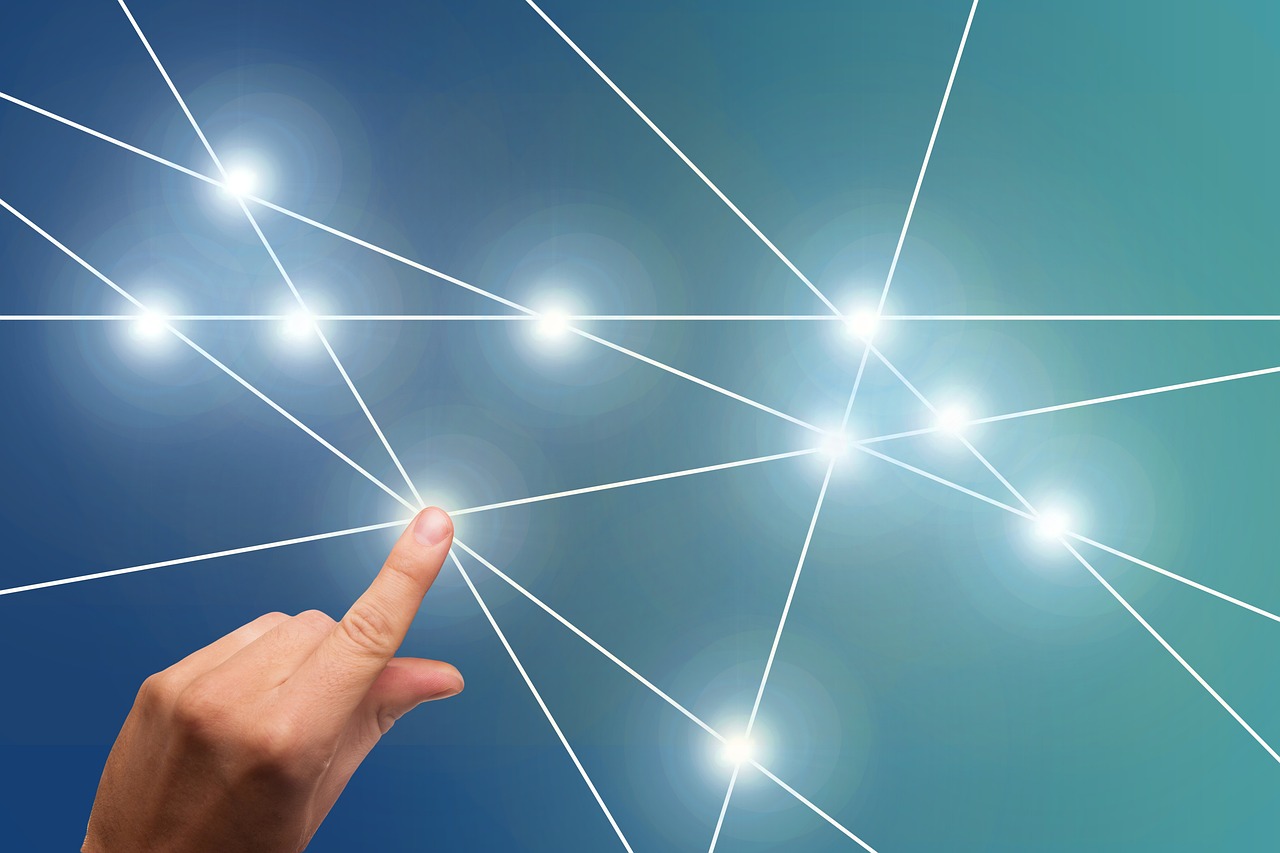
Establishing a Support Network
When disaster strikes, having a reliable support network can be your lifeline. Imagine facing a storm alone, with no one to share your fears or help you navigate through the chaos. That’s why it’s crucial to build a support system that can provide emotional and practical assistance when you need it most. A strong network can include family, friends, neighbors, and even community organizations that are ready to step in during tough times.
Start by reaching out to those closest to you. Consider who in your life you can rely on for support. It could be a family member who always knows how to lighten the mood or a friend who listens without judgment. Make a list of these individuals and think about how they can help. For instance, some may be able to provide a safe place to stay, while others might offer a comforting ear or even practical help, like sharing supplies or coordinating emergency plans.
Additionally, don’t underestimate the power of community resources. Many towns and cities have organizations dedicated to disaster relief and mental health support. These can be invaluable during crises, providing not only resources but also a sense of belonging. You might want to check out local community centers, churches, or volunteer organizations that can connect you with others who are also preparing for or recovering from disasters.
Another key aspect of establishing a support network is communication. It’s essential to keep your support system informed about your situation and needs. Use group chats, social media, or even old-fashioned phone calls to stay connected. This not only helps you feel less isolated but also ensures that those around you know how to assist you effectively. Remember, it’s okay to ask for help; it’s a sign of strength, not weakness.
Lastly, consider joining online support groups or forums. The internet can be a fantastic resource for connecting with others who are going through similar experiences. These platforms can provide a safe space to share your feelings and learn from others. Just remember to prioritize your safety and privacy when engaging online.

Practicing Mindfulness Techniques
In the whirlwind of disasters, anxiety can feel like a relentless storm, sweeping away our sense of calm and control. One of the most effective ways to regain that sense of peace is through mindfulness techniques. Mindfulness is all about being present in the moment, allowing us to step back from the chaos and observe our thoughts and feelings without judgment. Imagine standing on the shore, watching the waves crash, but instead of getting swept away, you remain grounded, taking in the beauty of the moment. Sounds appealing, right?
There are several mindfulness techniques that can help you anchor yourself during turbulent times. One powerful method is the breathing exercise. Find a quiet spot, close your eyes, and take a deep breath in through your nose, letting your belly expand. Hold it for a moment, then slowly exhale through your mouth. Repeat this for a few minutes. With each breath, visualize your anxiety dissipating like clouds parting to reveal a clear blue sky. This simple act can help calm your nervous system and create a sense of tranquility amidst chaos.
Another technique to explore is body scanning. This involves focusing your attention on different parts of your body, starting from your toes and moving up to your head. As you mentally scan each area, notice any tension or discomfort. Acknowledge these sensations without judgment and consciously relax each muscle group. This practice not only promotes relaxation but also fosters a deeper connection with your body, helping you become more aware of how stress manifests physically.
Additionally, incorporating mindful walking into your routine can be incredibly beneficial. Instead of rushing through your day, take a moment to walk slowly and deliberately. Feel the ground beneath your feet, notice the rhythm of your breath, and observe your surroundings. This practice transforms a mundane activity into a meditative experience, allowing you to appreciate the present moment while reducing anxiety. Think of it as a mini-vacation for your mind!
To further enhance your mindfulness practice, consider setting aside a few minutes each day for meditation. You don’t need to be a pro; just find a comfortable position, close your eyes, and focus on your breath or a calming mantra. If your mind starts to wander (and it will!), gently guide your attention back to your breath. Over time, this practice can help train your mind to stay present, making it easier to cope with anxiety during disasters.
Incorporating these mindfulness techniques into your daily routine can significantly enhance your ability to manage anxiety. Remember, it’s about progress, not perfection. Even just a few minutes of mindfulness can make a world of difference. So, the next time you feel the weight of the world on your shoulders, take a moment to breathe, ground yourself, and embrace the present. You’ve got this!
- What is mindfulness? Mindfulness is the practice of being fully present and engaged in the moment, without judgment or distraction.
- How can mindfulness help with anxiety? Mindfulness techniques can reduce anxiety by helping you focus on the present, rather than worrying about the future or dwelling on the past.
- Do I need to meditate for long periods to see benefits? No, even a few minutes of mindfulness practice each day can lead to significant improvements in your mental well-being.
- Can mindfulness be practiced anywhere? Absolutely! You can practice mindfulness techniques in various settings, whether at home, at work, or even while walking outside.
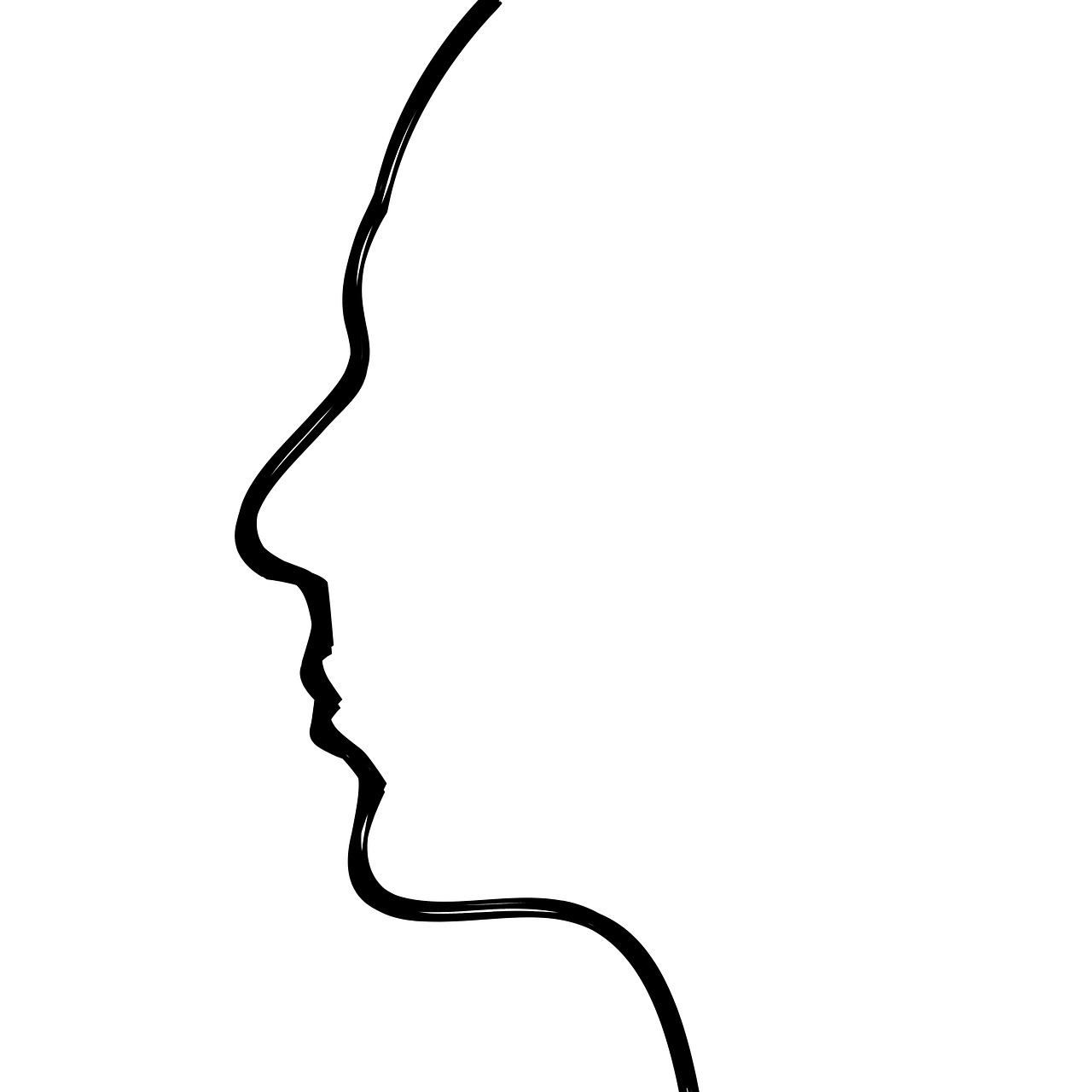
Utilizing Coping Mechanisms
When disaster strikes, it's easy to feel overwhelmed by anxiety. However, understanding and utilizing effective coping mechanisms can make a world of difference in managing those feelings. Imagine your mind as a stormy sea; without the right tools, navigating through can feel impossible. But with a sturdy boat and a clear map, you can find your way to calmer waters. So, what are some practical strategies to help keep your anxiety at bay during these turbulent times?
One of the most effective coping mechanisms is deep breathing. This simple technique can help calm your nervous system and reduce feelings of panic. When you focus on your breath, you’re essentially anchoring yourself in the present moment. Try inhaling deeply through your nose for a count of four, holding for another four, and exhaling slowly through your mouth for a count of six. Repeat this for a few minutes, and you might just feel the storm inside you start to settle.
Another powerful tool is journaling. Writing down your thoughts and feelings can be incredibly cathartic. It’s like having a heart-to-heart with yourself. You can express fears, document your experiences, and even jot down what you’re grateful for amidst the chaos. This practice not only helps in processing emotions but also allows you to reflect on your strengths and resilience. Think of it as creating a lifeboat that keeps you afloat during rough waters.
Additionally, physical activity plays a crucial role in managing anxiety. Engaging in exercise releases endorphins, which are your body’s natural mood lifters. Whether it’s a brisk walk, a dance party in your living room, or a full-on workout session, moving your body can help shake off that anxious energy. Just like a storm eventually gives way to sunshine, your mood can brighten with a little movement.
It’s also important to remember the power of social connections. Reach out to friends or family members when you’re feeling overwhelmed. Sometimes, just talking things out can lighten the load. You might find that others share your feelings, and together, you can brainstorm ways to cope. Think of your support network as a safety net; it can catch you when you feel like you might fall.
Lastly, don’t underestimate the benefits of mindfulness exercises. Techniques such as meditation or guided imagery can help ground you in the present. These practices encourage you to observe your thoughts without judgment, creating a space where anxiety can’t thrive. Imagine your mind as a busy highway; mindfulness allows you to step off the exit ramp and take a breather away from the traffic.
In conclusion, utilizing coping mechanisms like deep breathing, journaling, physical activity, social connections, and mindfulness can be incredibly effective in managing anxiety during disasters. By integrating these strategies into your routine, you’re not just surviving; you’re actively participating in your own mental well-being. Remember, it’s okay to seek help and to take things one step at a time. After all, even the mightiest storms eventually pass.
- What are some quick techniques to reduce anxiety during a disaster? Simple techniques include deep breathing, focusing on your senses, and grounding exercises.
- How can I stay connected with my support network during a crisis? Utilize technology like video calls, messaging apps, or social media to stay in touch with friends and family.
- Are there specific exercises that are best for anxiety relief? Aerobic exercises, yoga, and even simple stretching can be beneficial.
- When should I consider seeking professional help for anxiety? If your anxiety becomes overwhelming and interferes with daily life, it may be time to consult a mental health professional.
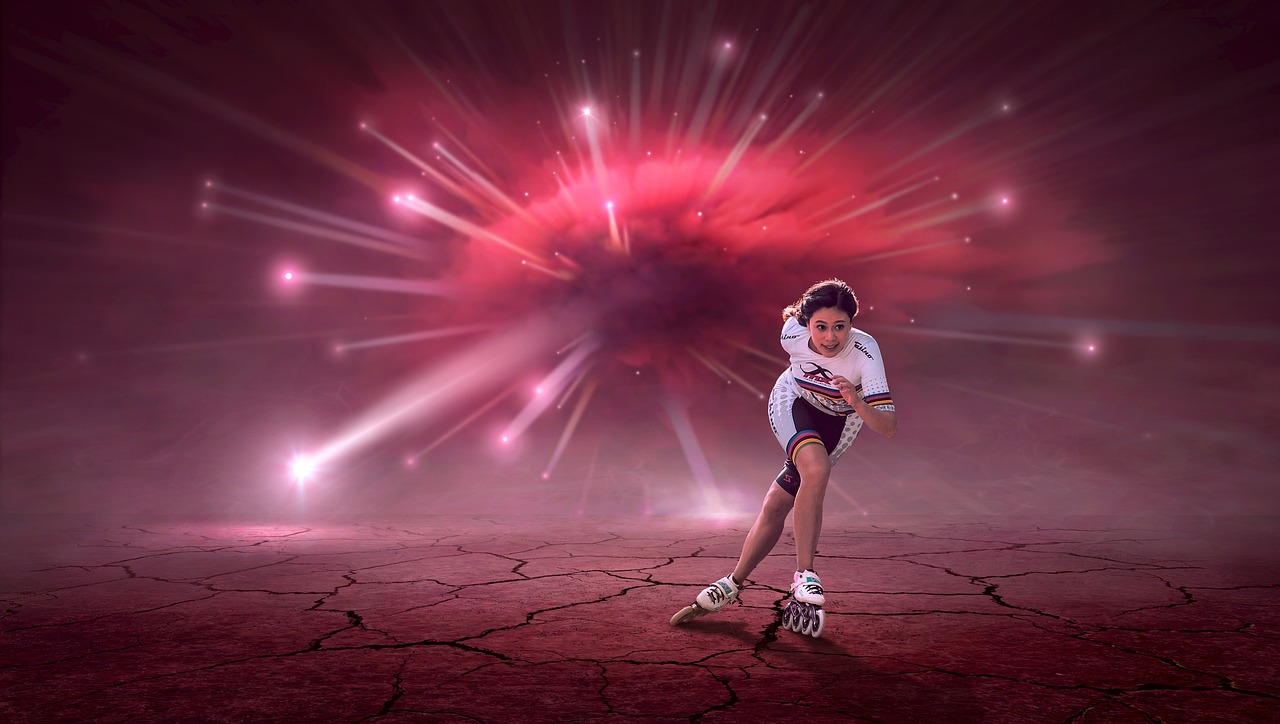
Seeking Professional Help
When anxiety becomes overwhelming, especially in the wake of disasters, seeking professional help can be a crucial step toward regaining control over your mental health. It's important to recognize that you don't have to navigate these turbulent waters alone. Many individuals find that talking to a mental health professional provides them with the tools they need to cope effectively. Whether it's through therapy or medication, professional support can make a significant difference in managing anxiety symptoms.
Understanding the various types of therapy available is essential. For instance, Cognitive Behavioral Therapy (CBT) is a popular choice for those dealing with anxiety. It helps individuals identify and challenge negative thought patterns, ultimately leading to healthier coping mechanisms. Other therapeutic options include exposure therapy, which gradually exposes individuals to their fears in a controlled environment, and mindfulness-based stress reduction, which focuses on being present and aware in the moment. Each of these approaches can provide unique benefits, tailoring the support to your specific needs.
Moreover, medication can also play a vital role for some individuals. Antidepressants and anti-anxiety medications can help manage symptoms, allowing individuals to engage more fully in therapy and daily life. However, it's essential to consult with a healthcare professional to determine the best course of action and to discuss any potential side effects.
Finding the right therapist is a journey in itself. You might wonder, "How do I even start?" Begin by considering the following factors:
- Specialization: Look for a therapist who specializes in anxiety disorders or trauma-related issues.
- Approach: Different therapists use various techniques. Research their methods to find one that resonates with you.
- Availability: Ensure they have availability that fits your schedule, especially during crises when you may need support quickly.
- Reviews and Recommendations: Seek feedback from others or check online reviews to gauge their effectiveness.
In addition to traditional therapy, there are numerous online resources available today. Teletherapy has become increasingly popular, allowing individuals to connect with licensed professionals from the comfort of their own homes. This option can be especially beneficial during disasters when access to in-person services may be limited. Websites and hotlines dedicated to mental health support can offer immediate assistance and guidance, ensuring that help is just a click or call away.
Ultimately, seeking professional help is a sign of strength, not weakness. It shows a commitment to your well-being and a desire to overcome the challenges posed by anxiety during difficult times. Remember, you are not alone, and there are many resources available to support you on your journey to recovery.
Q: How do I know if I need professional help for my anxiety?
A: If your anxiety interferes with daily activities, relationships, or overall quality of life, it may be time to seek help.
Q: What should I expect in my first therapy session?
A: Your first session typically involves discussing your concerns, goals, and personal history. It's a chance for you and your therapist to get to know each other.
Q: Can I manage anxiety without medication?
A: Yes, many people successfully manage anxiety through therapy, lifestyle changes, and coping strategies.
Q: How can I find a therapist?
A: You can start by asking your primary care doctor for a referral, checking online directories, or using mental health apps that connect you with professionals.

Finding the Right Therapist
Finding the right therapist can feel like searching for a needle in a haystack, especially when you're already grappling with anxiety. It's essential to remember that the right fit can make a world of difference in your healing journey. So, how do you go about this daunting task? First, consider what type of therapy resonates with you. Are you looking for someone who specializes in cognitive-behavioral therapy (CBT), which can help you reframe negative thoughts? Or perhaps you prefer a therapist who employs a more holistic approach, integrating mindfulness and emotional awareness into their practice? Understanding your needs is the first step.
Next, think about the logistics. Do you prefer in-person sessions, or would virtual therapy be more convenient? Many therapists now offer telehealth options, allowing you to connect from the comfort of your home. This flexibility can significantly reduce the anxiety associated with commuting, especially during stressful times. Once you have a clearer idea of what you're looking for, start your search. You can use online directories, ask for recommendations from friends or family, or even check with your insurance provider to see which therapists are covered under your plan.
As you narrow down your options, don't hesitate to reach out to potential therapists for a preliminary chat. This initial conversation can help you gauge their communication style and approach to therapy. Ask questions that matter to you: What is their experience with anxiety disorders? How do they handle emergencies? This is your chance to see if they align with your values and needs. Remember, therapy is a collaborative process; you should feel comfortable and understood by your therapist.
It’s also beneficial to consider the therapist’s credentials and experience. Look for licensed professionals with a background in dealing with anxiety and disaster-related stress. You might find it helpful to verify their qualifications through professional organizations or state licensing boards. Additionally, don’t overlook the importance of cultural competence. A therapist who understands your background and experiences can provide more tailored support, making your sessions feel more relevant and impactful.
Finally, trust your instincts. If after a few sessions you feel that the therapist isn't the right fit, it’s perfectly okay to seek someone else. Just like finding the right pair of shoes, you need to find a therapist who fits just right. Therapy is a journey, and the right therapist can help you navigate through the storms of anxiety, providing guidance as you build resilience and coping strategies.
In summary, finding the right therapist involves:
- Identifying your therapy preferences and needs.
- Considering logistical factors like location and session format.
- Engaging in preliminary conversations to assess compatibility.
- Checking credentials and ensuring cultural competence.
- Trusting your instincts throughout the process.

Utilizing Online Resources
In today's digital age, the internet is a treasure trove of information and support, especially when it comes to managing anxiety during disasters. It’s like having a lifeline at your fingertips, ready to provide guidance and comfort whenever you need it. Whether you're looking for immediate assistance or long-term coping strategies, online resources can be incredibly helpful. From virtual therapy sessions to informative websites, the options are plentiful. But how do you navigate this vast ocean of information without feeling overwhelmed?
First and foremost, consider exploring mental health websites that are specifically designed to address anxiety and disaster-related stress. Many reputable organizations offer a wealth of resources, including articles, videos, and interactive tools that can help you understand your feelings better. For instance, websites like the National Alliance on Mental Illness (NAMI) and the American Psychological Association (APA) provide valuable insights and coping strategies. These platforms often feature sections dedicated to crisis management, which can be particularly useful during turbulent times.
Additionally, online therapy has gained significant traction in recent years. Platforms like BetterHelp and Talkspace connect you with licensed therapists via video calls, messaging, or phone calls. This flexibility allows you to receive professional support from the comfort of your home, making it easier to reach out when you’re feeling anxious. Imagine being able to talk to someone who understands your struggles without the added stress of traveling to an appointment; it’s a game-changer!
Furthermore, don’t underestimate the power of community support found in online forums and social media groups. Websites like Reddit have dedicated threads where individuals share their experiences and coping mechanisms during disasters. Engaging with others who are facing similar challenges can provide a sense of belonging and comfort. It’s like finding your tribe in a time of chaos; you realize you’re not alone in your feelings. Just remember to choose groups that promote positivity and constructive discussions, as not all online spaces are created equal.
For immediate assistance, consider hotlines that offer 24/7 support. Services like the National Suicide Prevention Lifeline and the Crisis Text Line are available to lend an ear when you need it most. These resources can be a beacon of hope when anxiety feels overwhelming. They provide a safe space to express your feelings and receive guidance from trained professionals. It’s important to have these numbers saved in your phone, just like you would with a trusted friend’s number.
In summary, utilizing online resources can significantly enhance your ability to cope with anxiety during disasters. From educational websites and online therapy to community support and immediate hotlines, there’s no shortage of help available. Embrace the digital tools at your disposal, and remember that seeking support is a sign of strength, not weakness. In the face of uncertainty, having these resources can empower you to take control of your mental health, helping you navigate through the storm with resilience and courage.
- What should I do if I feel overwhelmed by anxiety during a disaster? It's essential to reach out for help, whether through online resources, hotlines, or talking to someone you trust.
- Are online therapy sessions effective? Yes, many people find online therapy to be just as effective as in-person sessions, offering flexibility and accessibility.
- How can I find reputable online resources for mental health? Look for websites from well-known organizations like NAMI or APA, and check reviews or testimonials for online therapy platforms.
Frequently Asked Questions
- What are the common symptoms of anxiety during a disaster?
During a disaster, individuals may experience a range of anxiety symptoms including rapid heartbeat, sweating, trembling, and feelings of impending doom. It's like your body is on high alert, ready to react to danger, even when the threat may not be immediate.
- How can I prepare to reduce anxiety before a disaster strikes?
Preparation is key! Creating a personal emergency plan, gathering essential supplies, and establishing a communication strategy with loved ones can significantly reduce anxiety. Think of it as building a safety net; the more prepared you are, the less fear you’ll feel.
- What mindfulness techniques can help during stressful situations?
Mindfulness techniques such as deep breathing, meditation, and grounding exercises can help you stay present and calm. Imagine your mind as a turbulent sea; mindfulness acts like an anchor, helping you find stability amidst the chaos.
- When should I seek professional help for anxiety?
If your anxiety becomes overwhelming or interferes with daily life, it’s time to consider professional help. Therapists can provide tailored strategies and support, guiding you through the storm with expertise and care.
- How do I find the right therapist for anxiety management?
Look for a therapist who specializes in anxiety and disaster-related stress. Ask about their experience and approach, and don’t hesitate to trust your instincts. Finding the right fit is like finding a good pair of shoes; they should feel comfortable and supportive.
- What online resources are available for immediate support during disasters?
There are numerous online platforms and hotlines that offer immediate assistance and resources for those experiencing anxiety during disasters. Websites like the National Alliance on Mental Illness (NAMI) and Crisis Text Line can provide quick access to help, acting as a lifeline when you need it most.



















